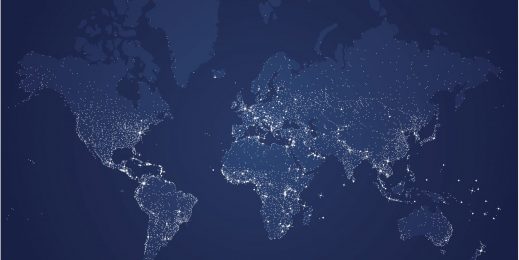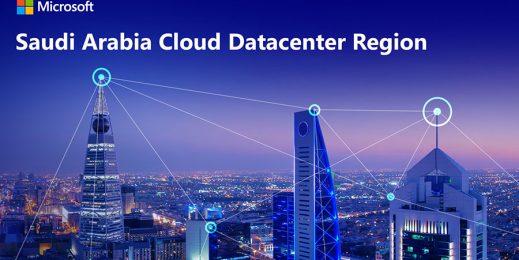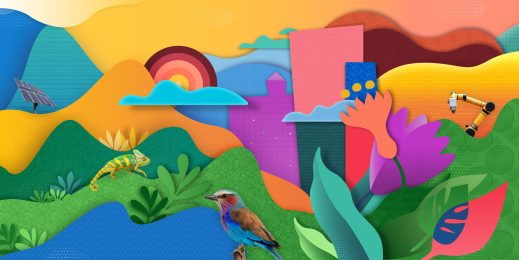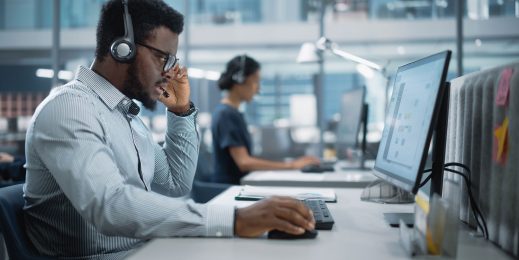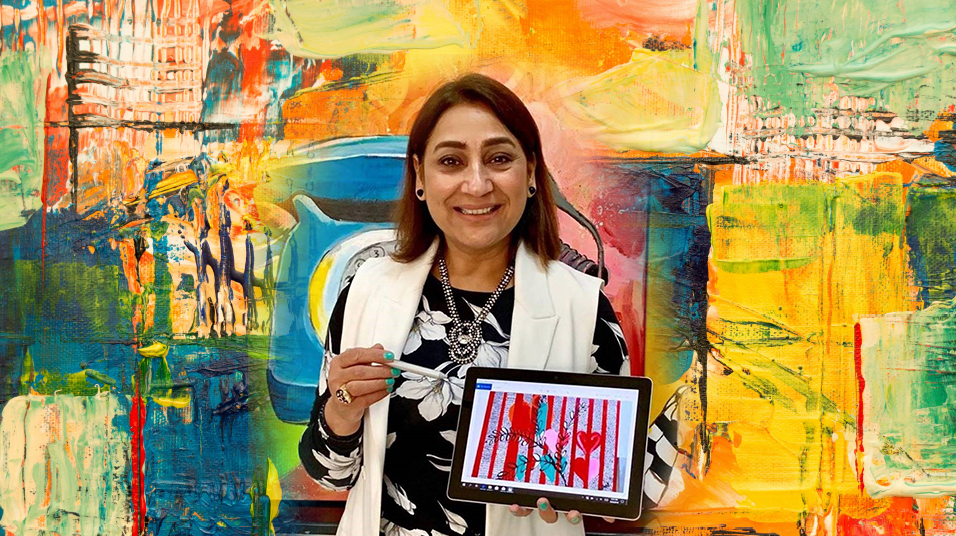
Lessons from the MEA Classroom: An inclusive journey to the digital future
Digital transformation is taking place across the Middle East and Africa, completely revolutionizing the way we live, work and play. Cloud platforms like Microsoft Azure are creating entirely new opportunities for businesses and industries throughout the region. Skills and employment initiatives are helping governments future-proof generations of today and tomorrow, while regional change-makers are being empowered to inspire global change through programmes like Microsoft’s AI for Good.
It’s becoming increasingly clear that people can do remarkable things when technology is within reach. So, as our economies and societies become more digital, computational thinking among youth becomes of paramount importance.
That’s why Microsoft is committed to partnering with educators on their journey to redefine learning. We are empowering educators to create environments in and out of the classroom that guide and nurture student passions and enable students to achieve beyond their greatest imaginations – making, designing, inventing and building the future.
At the same time, however, we are under no illusion that technology alone is the answer. Dedicated administrators, great teachers, motivated students, involved parents and communities are the ones changing education, while technology serves as a tool to empower their creativity and their ingenuity.
It is for this reason that we are starting a new Microsoft Education series on the MEA News Center – Lessons from the MEA Classroom. We are placing a spotlight on pioneering educators who are leveraging technology to tackle unique issues they face in classroom – such as inclusivity, access to technology and redefining the learning experience.
One teacher at a time
As we bring technology into the classroom, we need to be careful that we use it to complement, rather than replace, traditional teaching practices.
Teachers like Ritu Chaturvedi, an Art Teacher at Rashid Paediatric Therapy Centre in Dubai, are pioneering this shift. As head of the art department, Ritu is responsible for planning curricula suitable for children living with disabilities, and designing an education model that enables them to express their creativity.
“I have been an educator for 21 years, and made the decision six years ago to serve children living with disabilities,” Ritu says. “I am passionate about teaching and helping children express themselves through art.”
As of 2018, Ritu has been using the Microsoft Discover Surface Pro 6 and Surface Pen in her classroom. It’s a move, she says, that completely changed the dynamic of her classroom and her students’ appetite for art.
“Some of my students have difficulty holding drawing materials in their hands, but this device enables them to draw using their fingers. Similarly, some of them have difficulty speaking verbally, but this technology is helping them communicate through applications,” says Ritu.
Historically, Ritu’s students expressed frustration at the inability of others to understand what they’re communicating. Technology is changing that, empowering them to communicate digitally with those around them.
Ritu says it’s giving her students a confidence she’s never seen before. “My students have absolutely loved coming to class since we introduced this device,” Ritu boasts. “They don’t want to leave my classroom when I tell them that the lesson is over. They love the fact that they are no longer battling to express their creativity, and they ask to stay in my class and continue learning.”
Empowerment through technology
In today’s classroom, diversity is the new normal and educators are increasingly looking for ways to create an inclusive classroom for all students with tools that support learning across unique needs and capabilities.
It is with this in mind that Ritu has been sharing her experiences with the Surface 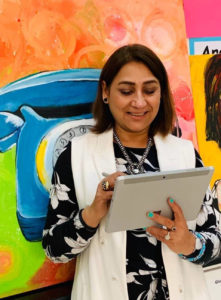 Pro and Pen with all of her colleagues. “It’s a device that is useful for people of all capabilities because it helps students retain lessons easier through visuals,” she says.
Pro and Pen with all of her colleagues. “It’s a device that is useful for people of all capabilities because it helps students retain lessons easier through visuals,” she says.
“And as educators, we often battle to hold the attention of our students for long periods of time. Digital products like the Surface Pro and Pen are useful because they are interactive and engaging for the students.”
Many of Ritu’s students have never swam in an ocean, or visited another country. With mixed reality tools, her students are being introduced to those experiences. “These devices are enabling us to educate students in a way we otherwise would not have been able to. It’s creating experiences for them that they may never get to experience first-hand.”
In addition to empowering students and helping educators create interactive educational experiences, incorporating technological tools into the classroom also prepares students for the digital future. Says Ritu, “It is an undeniable fact that the future will digital, so by incorporating technology into our lessons, we are preparing children for the future and ensuring no one is left behind in the digital age.”
Achieving more, together
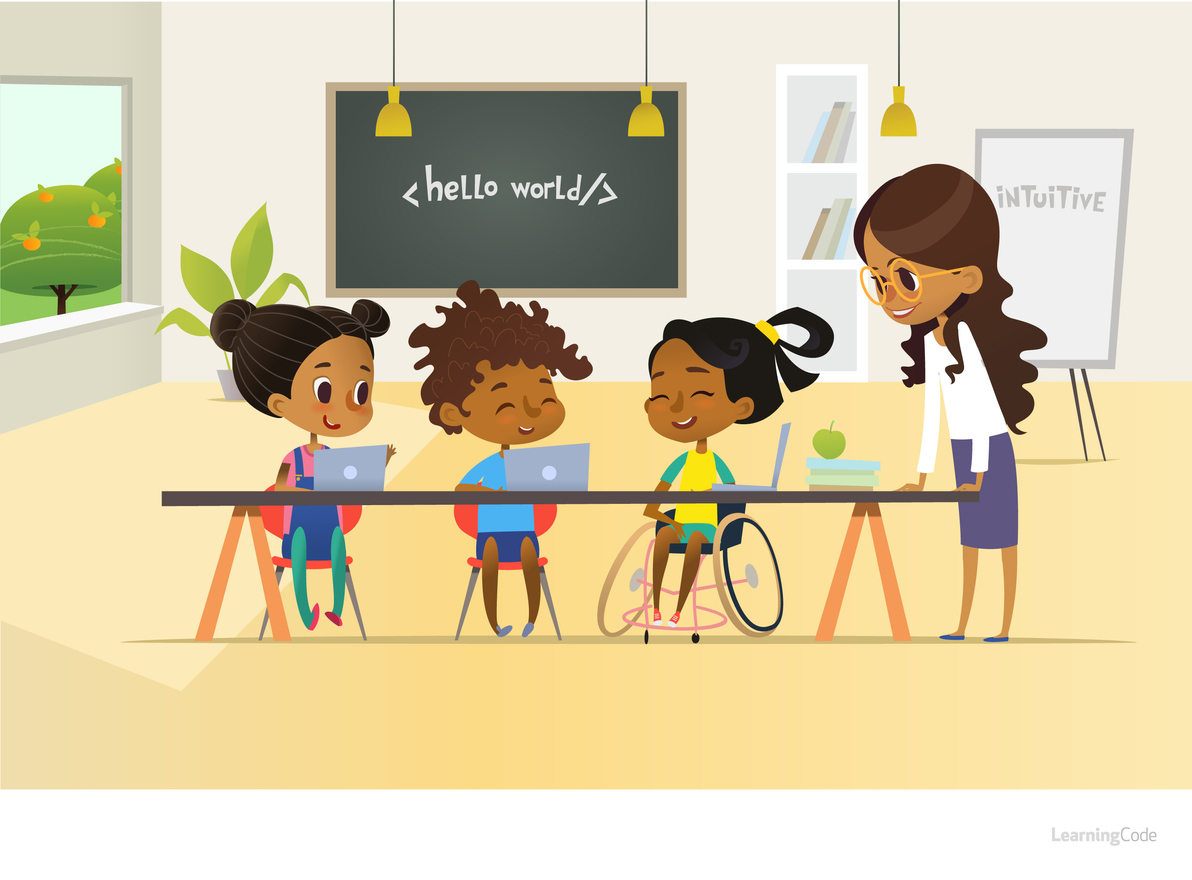
Being home to one quarter of the world’s population (1.86 billion), the Middle East and Africa could supply the next generation of this workforce. It is imperative that we build a knowledge-based economy that empowers youth, nurtures talent and creates opportunities for people of all abilities.
As devices and technology become more accessible, and the capabilities grow, we will unlock the potential for all students to learn, closing the skills gap and empowering the 1.4 billion students in the world to achieve more.





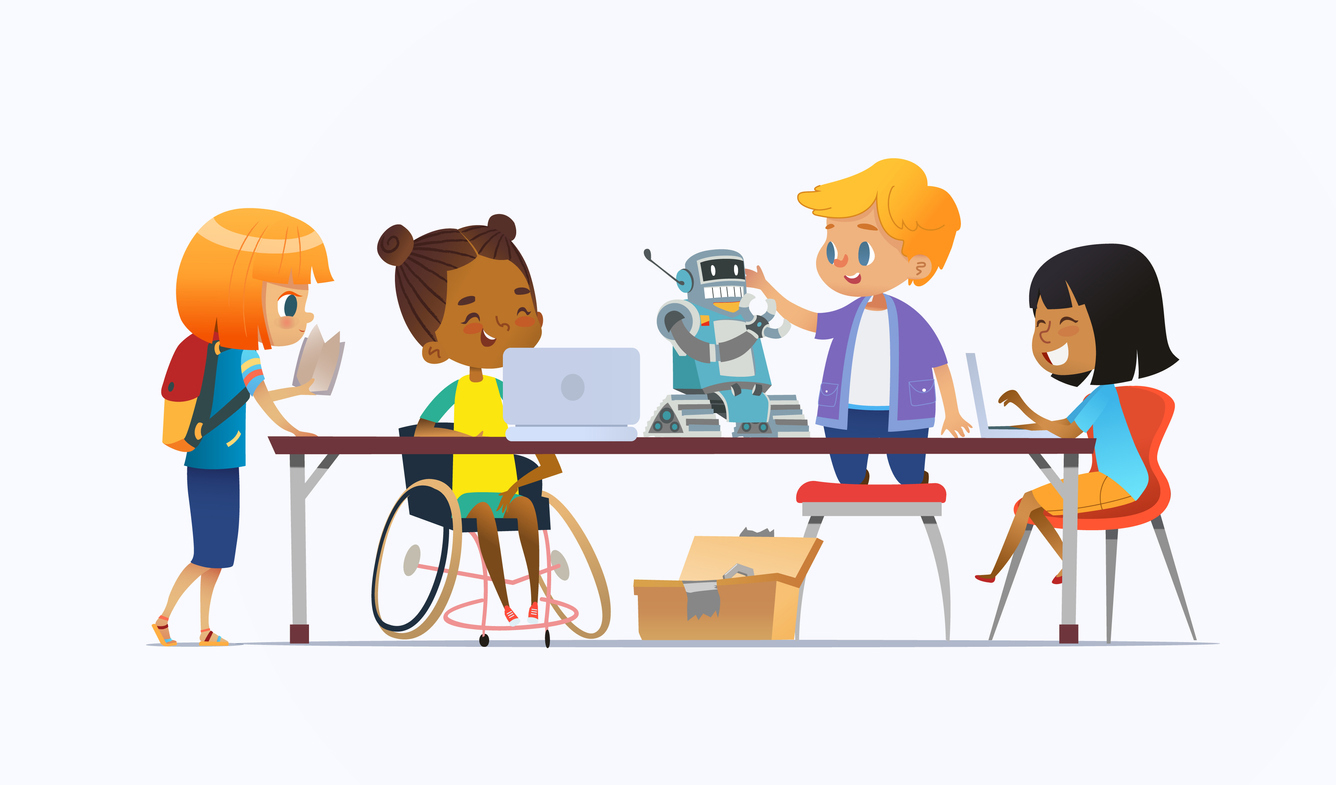
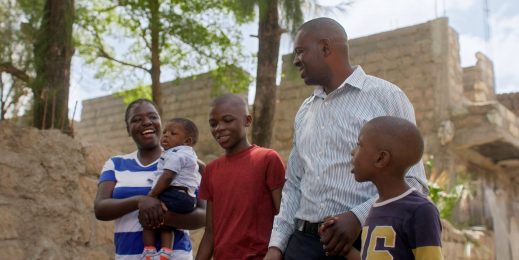

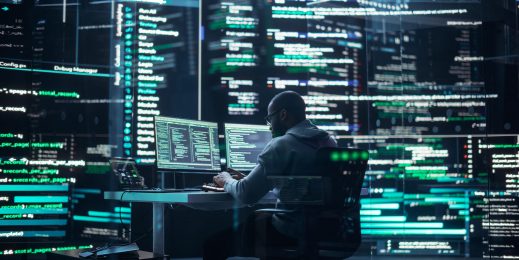

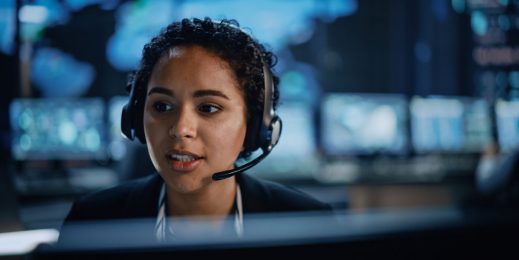
![A security team analyses key data from a visual dashboard.]](https://news.microsoft.com/wp-content/uploads/prod/sites/133/2023/04/Security-Sprint_TL_Banner-Image-519x260.jpg)
